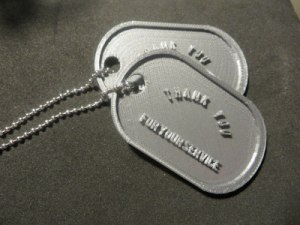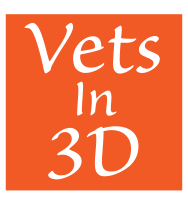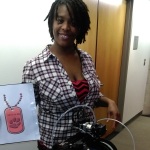
Power – Unjustified assaults on black and brown people continue with little or no consequence from the US justice system, rendering communities and individuals powerless. Remember Black Wall Street in Tulsa, Okla.? Buried deep and inconspicuously in US archives, savvy black financial, medical and business giants and entrepreneurs settled into this central state, creating an all-black affluent community which housed hundreds of black businesses, hospitals, libraries and a transportation system. But there were those who did not support the wealth and power of this uniquely successful community and the whole town was burned to the ground, with some 300 people killed, 600 businesses eviscerated, effectively ending Black Wall Street.
But black people in America have learned resiliency. False reports continue to be the go-to crutch for unarmed deaths, gentrification and updated voter restriction laws. Black Wall Street was created through community learning, a sense of pride, a focus on education and strong business and entrepreneurial models. And though the city was attacked, people of color continue to press forward there in Tulsa and elsewhere, still folding lessons learned into the fabric of the community.
This week I am attending the 15th annual Power Networking Conference (PNC) where, as an entrepreneur, I can begin to apply historical lessons as well as more modern product development and large-scale community engagement practices. This conference, ranked a Forbes Top 5 Conference, is the perfect place for me to share my story as an HBCU-trained veterinarian, a female entrepreneur in the world of 3D printing and how those two intersect to create my business Vets In 3D. In the fashion of the residents of Black Wall Street, I intend to make a profit, but also share skills and resources so that others may also see opportunity for themselves or in partnership with me.
George C. Fraser, FraserNet and Power Networking Conference founder states in a speech centered on the topic of “doing what you love,” don’t be in a job that you hate because you will be mediocre. And I agree – I plan to use this conference to ensure that I am excelling both individually and as part of a greater community. Our community is at risk and there is no time for mediocre. It’s time to make it our business to look out for each other’s businesses and families and health in village fashion, beginning with this conference.
The lineup for this workshop is powerful – activists, CEOs, restauranteurs, producers and writers will share the latest on everything from healthy partnerships to step-by-step sessions on leaving wealth to your children. All while sitting in the one of the wealthiest and progressive places in Black America, Prince George’s County, Md. While I will certainly come away with amazing business best practices, I also anticipate leaving with life lessons, too. I’m just grateful that I have my ticket to this now sold out event and am excited to learn and share.
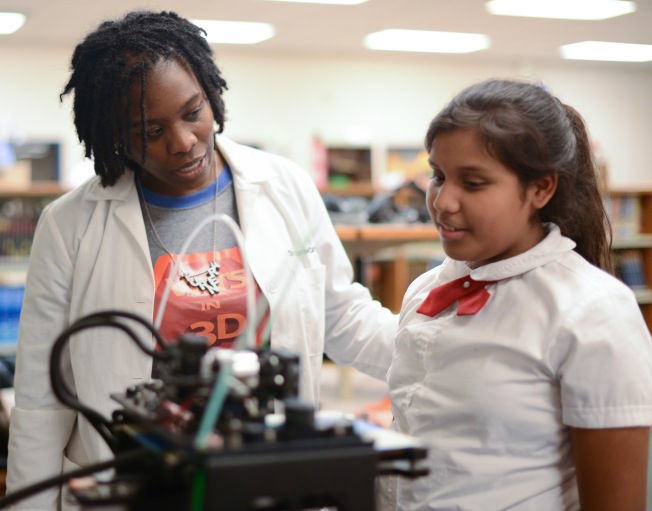
by Dr. Turnera Croom, CEO of Vets In 3D
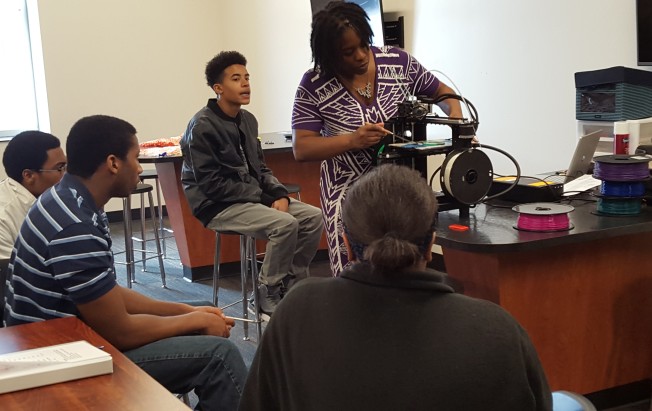

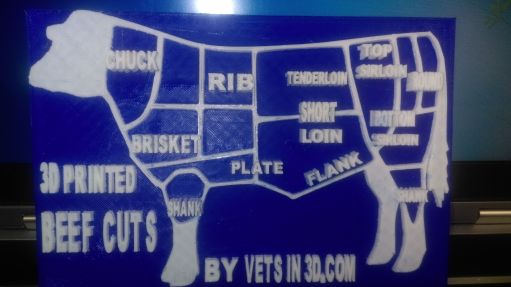
 Most people cannot imagine what 3D Printing is until they actually see it. You’ve probably heard discussions on the news and perhaps your school or public library even has a 3D Printer. But for a majority of people, even 3D Printing terminology can be confusing.
Most people cannot imagine what 3D Printing is until they actually see it. You’ve probably heard discussions on the news and perhaps your school or public library even has a 3D Printer. But for a majority of people, even 3D Printing terminology can be confusing.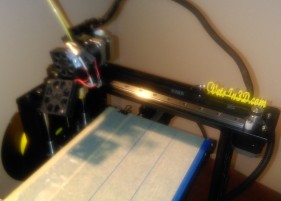
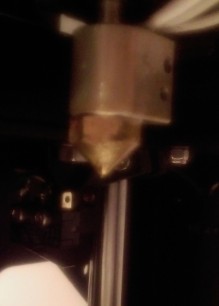
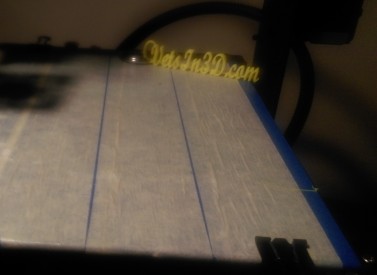
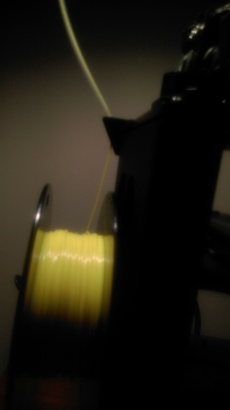
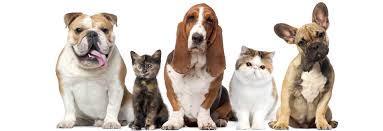
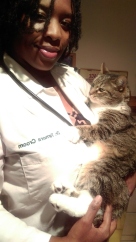 Yes the thought of 8+ years of competitive course work after high school can be daunting
Yes the thought of 8+ years of competitive course work after high school can be daunting
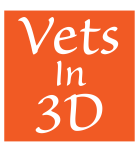 Hi, my name is Dr. Turnera Croom. I am the owner and designer of
Hi, my name is Dr. Turnera Croom. I am the owner and designer of 